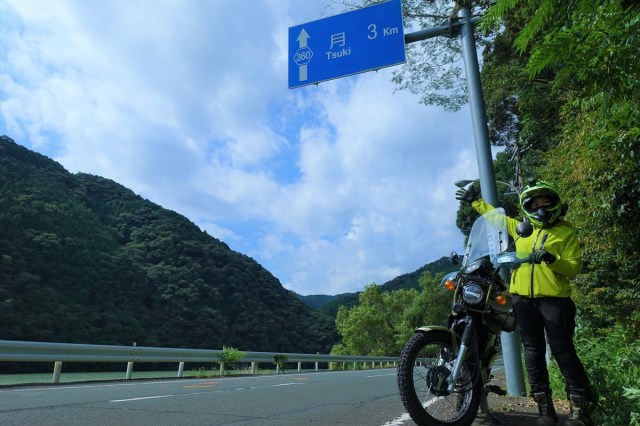
Not “The Moon,” but still cool.
As so many hamburgers have taught us over the years, this is moon-watching season in Japan. September’s full moon is said to be particularly spectacular, especially when accompanied by the gradually cooling evening temperatures.
This year, however, our writer Haruka Takagi decided to do something really special and watch the Full Moon from Moon!
▼ Moon
Properly known by its Japanese name “Tsuki” which translates to “Moon” in English, this village near Hamamatsu City, Shizuoka Prefecture seemed like a very promising moon-watching destination, so she hopped on her bike and set a course for it.
Hamamatsu is a rather big city, so it was surprising to be surrounded by so much nature and tranquility after only a short ride north along Highway 152. Before she knew it, Haruka was approaching Tsuki, as indicated by a rather unique road sign.
▼ Moon/Tsuki: 3 kilometers
It’s pretty cool knowing that “Moon” is only a few kilometers away, though there was nothing particularly lunar about the landscape so far. It wasn’t until she reached a monument at the edge of town that everything was explained.
According to the engraved message, the town was founded by Suzuki Sakyonoshin around the 14th century. After the demise of legendary samurai Kusunoki Masahige in 1336, Suzuki and 11 other of Kusunoki’s followers fled to this area.
One theory is that “Tsuki” is an homage to the purity of Kusunoki’s loyal heart, which was as untainted as a moon shining brightly in the night sky. Another theory is that since there were only 12 people in this town, they thought a cool name like “Moon” might help the community grow.
Crossing the Tsukibashi/”Moon Bridge,” the town doesn’t seem to have grown all that much since then, though technically it is now a part of Hamamatsu City, which is a pretty happening place in its own right.
▼ “Moon Bridge”
Haruka learned that the area is a bit of a boater’s paradise, and before the pandemic crippled most interscholastic events, this was a mecca for student rowing teams.
Haruka spoke with the head of a rowing school in the area who said with a laugh; “Everyone is attracted to the name ‘Moon’ but there isn’t very much here.” He had a point, but Haruka thought that was a big part of Moon’s charm.
▼ The rowing school of Tsuki
▼ There are also pamphlets around the area with the slogan: “I row to Moon on weekends.”
Next, she headed to the local temple called Kaizoji. The gate has a sign that translates to “moonlight mountain.”
This temple is said to have been established by Suzuki himself, and his grave can still be seen inside.
The garden is very well-kept and a monk was sweeping when Haruka arrived. He gave her a warm and friendly greeting despite her sudden appearance.
Our writer’s next stop was the Shizuoka Prefectural Park Forest House, where she was told she could buy some “Moons” of her very own.
Upon entering the building they were easy to find and neatly arranged on a table.
These “Moons,” however, are mini-cheesecakes, called “Tsuki” in Japanese, sold in boxes of four. It was a missed opportunity to make them out of green cheese, but they were still very good.
Next to it there were stacks of books, titled Three Kilometers to Moon. It was just like the sign that Haruka saw on the way in!
Apparently that same sign inspired Shin Iyohara to craft a story about a man who was drawn to the town after a twist of fate made him see that eye-catching road sign.
As the dusk drew close the autumn air of Tsuki, which is high up in the hills of Hamamatsu, was getting chilly, so Haruka decided to head back home with her cakes and a copy of the book.
She never did watch the harvest moon this year, but that’s okay, she was more than satisfied with the “Moon” that she had already seen.
Photos © SoraNews24
● Want to hear about SoraNews24’s latest articles as soon as they’re published? Follow us on Facebook and Twitter!
[ Read in Japanese ]

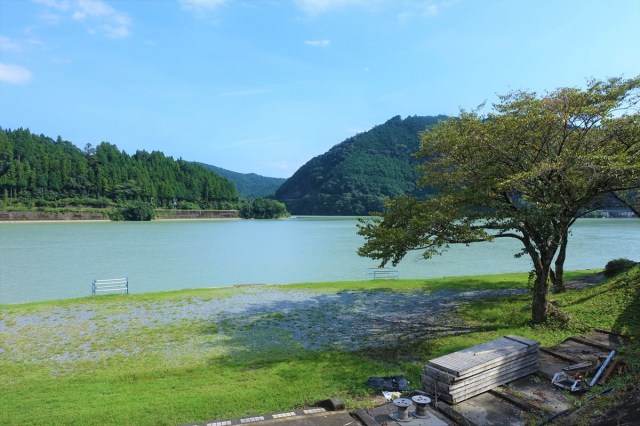
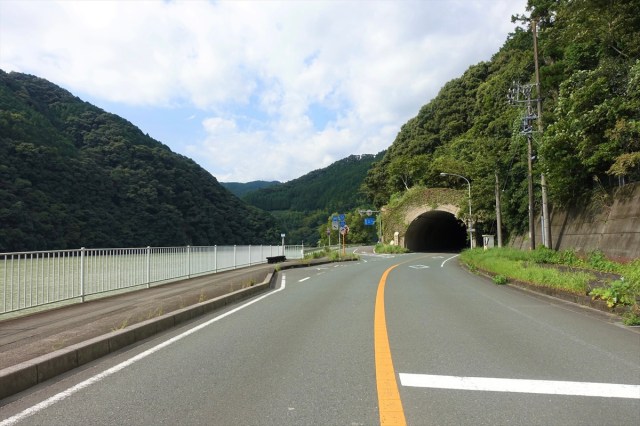
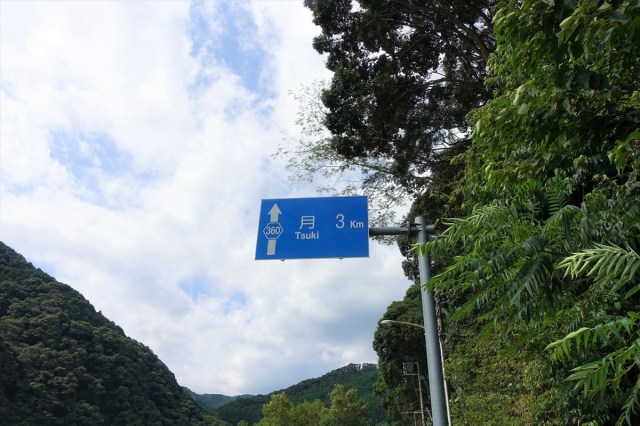
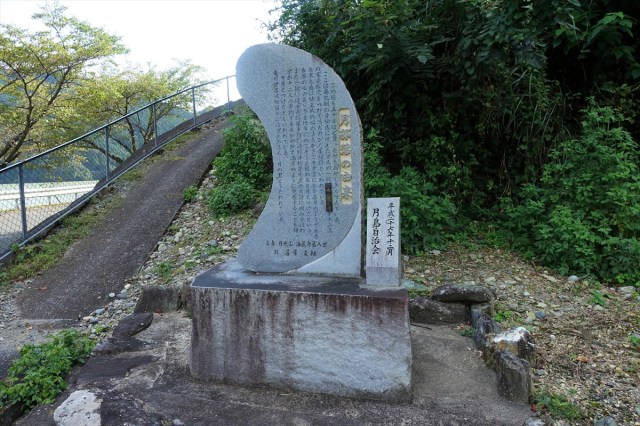
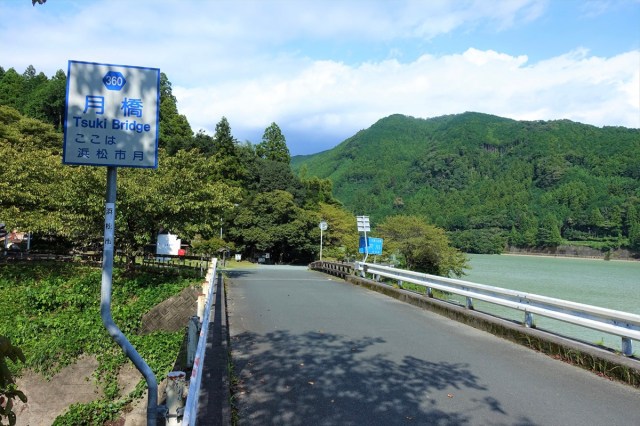
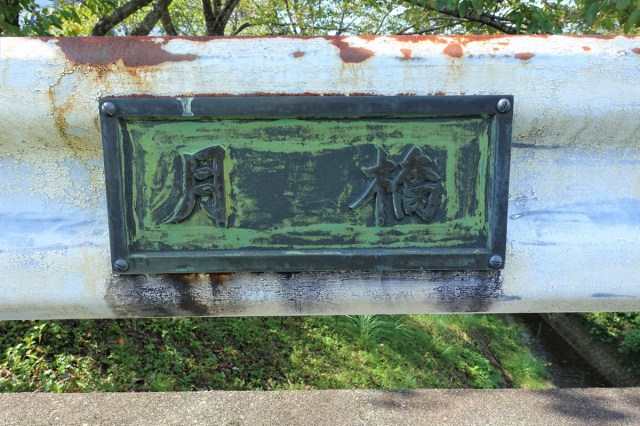
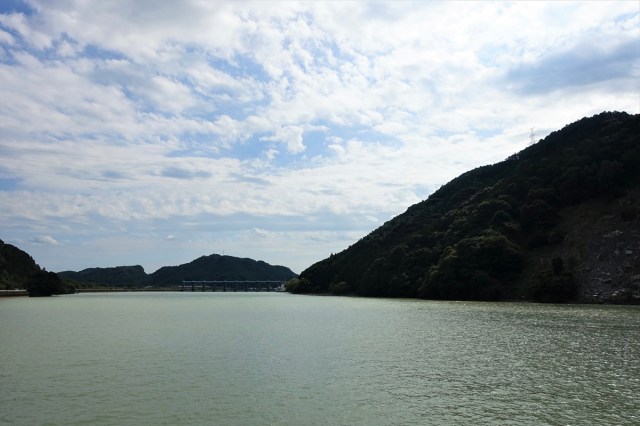
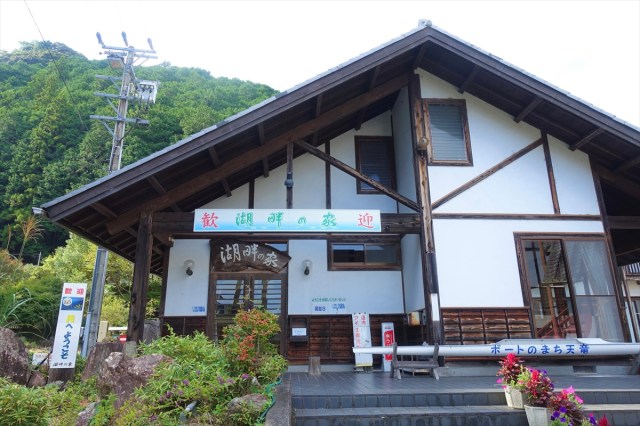
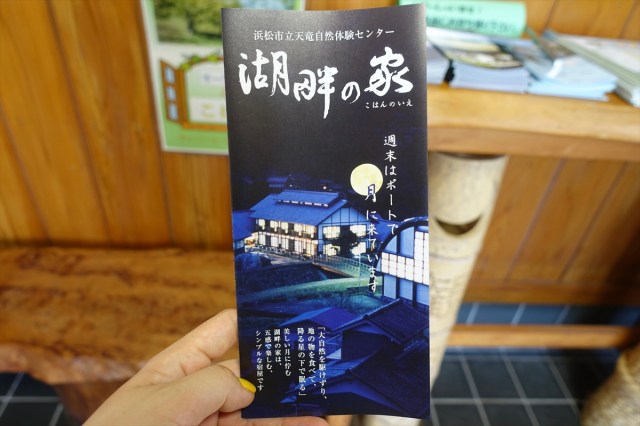
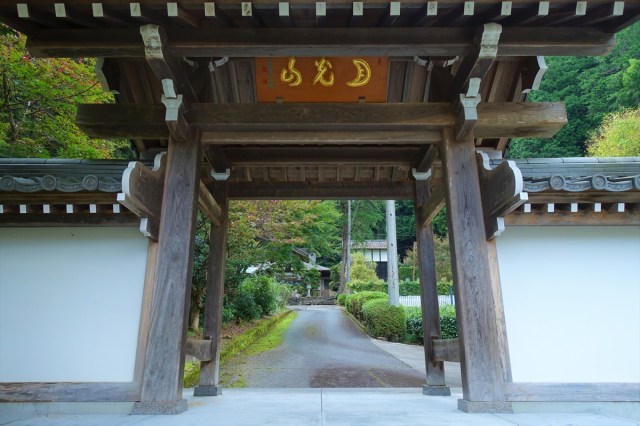
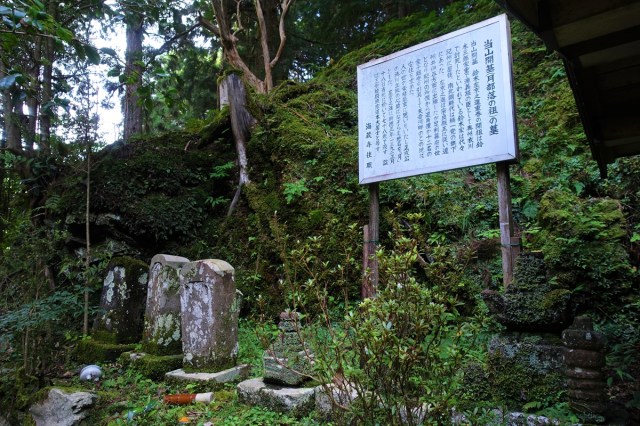

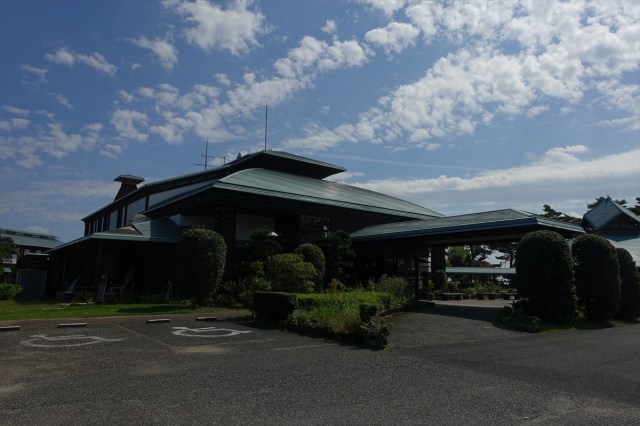
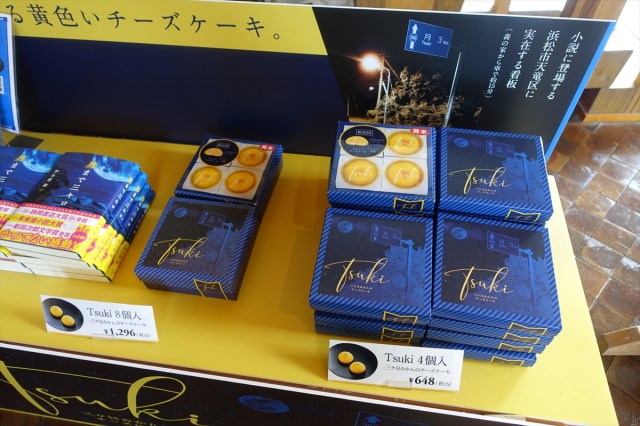
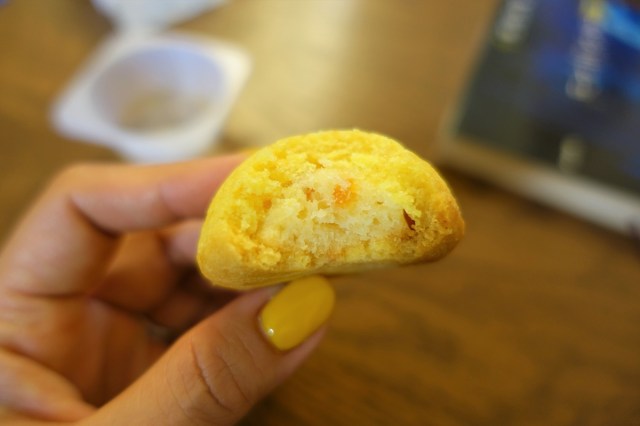
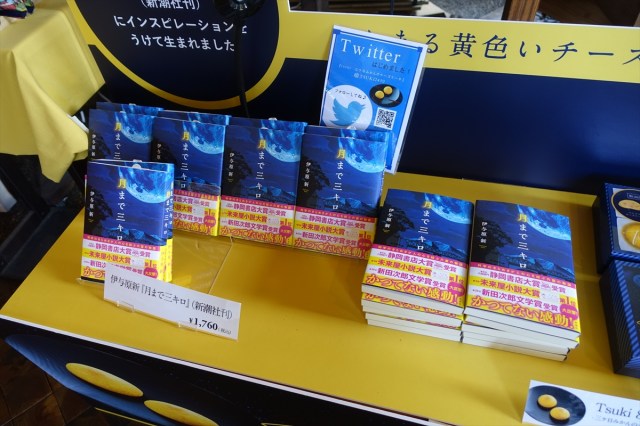
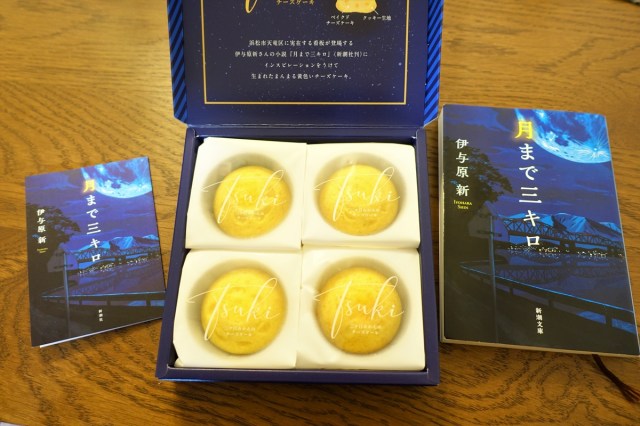
 We visit Kaiyodo Kappa Museum: dedicated to a yokai that loves cucumbers and human souls
We visit Kaiyodo Kappa Museum: dedicated to a yokai that loves cucumbers and human souls Vending machine noodle ice cream: A retro icon in Japan brings joy to a new generation
Vending machine noodle ice cream: A retro icon in Japan brings joy to a new generation Man finds adorable lost “puppy” on roadside in Japan, turns out to be adorable something else
Man finds adorable lost “puppy” on roadside in Japan, turns out to be adorable something else Weird Japanese vending machine comes with a heartwarming twist
Weird Japanese vending machine comes with a heartwarming twist Puyo Puyo Manju return after 21 years…and our Puyo Puyo fan reporter achieves a childhood dream
Puyo Puyo Manju return after 21 years…and our Puyo Puyo fan reporter achieves a childhood dream Foreigner’s request for help in Tokyo makes us sad for the state of society
Foreigner’s request for help in Tokyo makes us sad for the state of society Japanese city loses residents’ personal data, which was on paper being transported on a windy day
Japanese city loses residents’ personal data, which was on paper being transported on a windy day Harajuku Station’s beautiful old wooden building is set to return, with a new complex around it
Harajuku Station’s beautiful old wooden building is set to return, with a new complex around it New private rooms on Tokaido Shinkansen change the way we travel from Tokyo to Kyoto
New private rooms on Tokaido Shinkansen change the way we travel from Tokyo to Kyoto Starbucks Japan releases new mugs and gifts for Mother’s Day
Starbucks Japan releases new mugs and gifts for Mother’s Day Akihabara pop-up shop sells goods made by Japanese prison inmates
Akihabara pop-up shop sells goods made by Japanese prison inmates We tried Korea’s way-too-big King Tonkatsu Burger at Lotteria 【Taste Test】
We tried Korea’s way-too-big King Tonkatsu Burger at Lotteria 【Taste Test】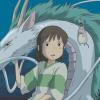 Haku is…Chihiro’s dead brother? Studio Ghibli fans blown away by Spirited Away theory
Haku is…Chihiro’s dead brother? Studio Ghibli fans blown away by Spirited Away theory Ghibli Park now selling “Grilled Frogs” from food cart in Valley of Witches
Ghibli Park now selling “Grilled Frogs” from food cart in Valley of Witches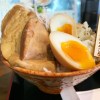 This is the one and only kakuni pork bowl restaurant in Tokyo, and it’s amazing
This is the one and only kakuni pork bowl restaurant in Tokyo, and it’s amazing McDonald’s new Happy Meals offer up cute and practical Sanrio lifestyle goods
McDonald’s new Happy Meals offer up cute and practical Sanrio lifestyle goods Japanese ramen restaurants under pressure from new yen banknotes
Japanese ramen restaurants under pressure from new yen banknotes French Fries Bread in Tokyo’s Shibuya becomes a hit on social media
French Fries Bread in Tokyo’s Shibuya becomes a hit on social media Studio Ghibli releases new action figures featuring Nausicaä of the Valley of the Wind characters
Studio Ghibli releases new action figures featuring Nausicaä of the Valley of the Wind characters Red light district sushi restaurant in Tokyo shows us just how wrong we were about it
Red light district sushi restaurant in Tokyo shows us just how wrong we were about it Tokyo Tsukiji fish market site to be redeveloped with 50,000-seat stadium, hotel, shopping center
Tokyo Tsukiji fish market site to be redeveloped with 50,000-seat stadium, hotel, shopping center All-you-can-drink Starbucks and amazing views part of Tokyo’s new 170 meter-high sky lounge
All-you-can-drink Starbucks and amazing views part of Tokyo’s new 170 meter-high sky lounge Beautiful Ghibli sealing wax kits let you create accessories and elegant letter decorations【Pics】
Beautiful Ghibli sealing wax kits let you create accessories and elegant letter decorations【Pics】 Studio Ghibli releases Kiki’s Delivery Service chocolate cake pouches in Japan
Studio Ghibli releases Kiki’s Delivery Service chocolate cake pouches in Japan New definition of “Japanese whiskey” goes into effect to prevent fakes from fooling overseas buyers
New definition of “Japanese whiskey” goes into effect to prevent fakes from fooling overseas buyers Our Japanese reporter visits Costco in the U.S., finds super American and very Japanese things
Our Japanese reporter visits Costco in the U.S., finds super American and very Japanese things Studio Ghibli unveils Mother’s Day gift set that captures the love in My Neighbour Totoro
Studio Ghibli unveils Mother’s Day gift set that captures the love in My Neighbour Totoro More foreign tourists than ever before in history visited Japan last month
More foreign tourists than ever before in history visited Japan last month New Pokémon cakes let you eat your way through Pikachu and all the Eevee evolutions
New Pokémon cakes let you eat your way through Pikachu and all the Eevee evolutions Sales of Japan’s most convenient train ticket/shopping payment cards suspended indefinitely
Sales of Japan’s most convenient train ticket/shopping payment cards suspended indefinitely Sold-out Studio Ghibli desktop humidifiers are back so Totoro can help you through the dry season
Sold-out Studio Ghibli desktop humidifiers are back so Totoro can help you through the dry season Japanese government to make first change to romanization spelling rules since the 1950s
Japanese government to make first change to romanization spelling rules since the 1950s Ghibli founders Toshio Suzuki and Hayao Miyazaki contribute to Japanese whisky Totoro label design
Ghibli founders Toshio Suzuki and Hayao Miyazaki contribute to Japanese whisky Totoro label design Doraemon found buried at sea as scene from 1993 anime becomes real life【Photos】
Doraemon found buried at sea as scene from 1993 anime becomes real life【Photos】 Tokyo’s most famous Starbucks is closed
Tokyo’s most famous Starbucks is closed One Piece characters’ nationalities revealed, but fans have mixed opinions
One Piece characters’ nationalities revealed, but fans have mixed opinions We asked a Uniqlo employee what four things we should buy and their suggestions didn’t disappoint
We asked a Uniqlo employee what four things we should buy and their suggestions didn’t disappoint Princesses, fruits, and blacksmiths: Study reveals the 30 most unusual family names in Japan
Princesses, fruits, and blacksmiths: Study reveals the 30 most unusual family names in Japan We hunt for Dom Pérignon in these wine fukubukuro lucky bag boxes from Kaldi
We hunt for Dom Pérignon in these wine fukubukuro lucky bag boxes from Kaldi A visit to Japan’s wasp nest art museum stings us with respect for the industrious insects【Pics】
A visit to Japan’s wasp nest art museum stings us with respect for the industrious insects【Pics】 Pokémon Moon is keeping it a little too real with the descriptions…
Pokémon Moon is keeping it a little too real with the descriptions… Making a traditional Japanese dessert from “heaven grass”【Photos】
Making a traditional Japanese dessert from “heaven grass”【Photos】 Do you know what this caterpillar-like food is? We had no idea!【Taste test】
Do you know what this caterpillar-like food is? We had no idea!【Taste test】 Amigara Fault for cars?! Tunnel in Okayama just barely big enough for vehicles to fit through
Amigara Fault for cars?! Tunnel in Okayama just barely big enough for vehicles to fit through Can slapping on some nose filters prevent the anguish of hay fever?
Can slapping on some nose filters prevent the anguish of hay fever? We visit a train station in historical ninja town, see ninja trick art, and become ninjas ourselves
We visit a train station in historical ninja town, see ninja trick art, and become ninjas ourselves Daiso vs. Seria: Which sells the better egg white whipper? We find out【SoraKitchen】
Daiso vs. Seria: Which sells the better egg white whipper? We find out【SoraKitchen】 Sailor Moon fails to take the top spot in Japan’s giant Sailor Moon anime popularity poll
Sailor Moon fails to take the top spot in Japan’s giant Sailor Moon anime popularity poll How much difference does the choice of mold make in fermenting food?
How much difference does the choice of mold make in fermenting food? Weird Japanese vending machine find gives us unique sweet potato sweets
Weird Japanese vending machine find gives us unique sweet potato sweets The most expensive ice cream in Japan? Metallic soft serve frays the nerves of staff who make it
The most expensive ice cream in Japan? Metallic soft serve frays the nerves of staff who make it This rare autumn vegetable is the perfect addition to your stir-fry or salad【SoraKitchen】
This rare autumn vegetable is the perfect addition to your stir-fry or salad【SoraKitchen】 The 10 most attractive Japanese women’s names, as chosen by dating app users
The 10 most attractive Japanese women’s names, as chosen by dating app users Studio Ghibli producer dishes the dirt on Hayao Miyazaki, Your Name, and their next big project
Studio Ghibli producer dishes the dirt on Hayao Miyazaki, Your Name, and their next big project Visit a pepper-packed tribute to spiciness tucked away in an Osaka food court
Visit a pepper-packed tribute to spiciness tucked away in an Osaka food court
Leave a Reply